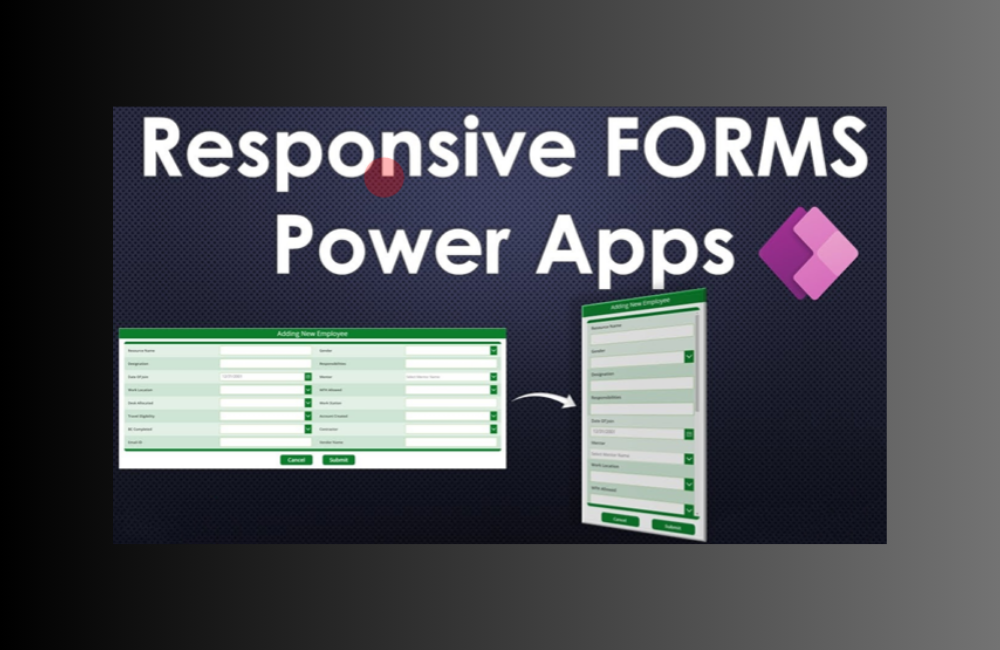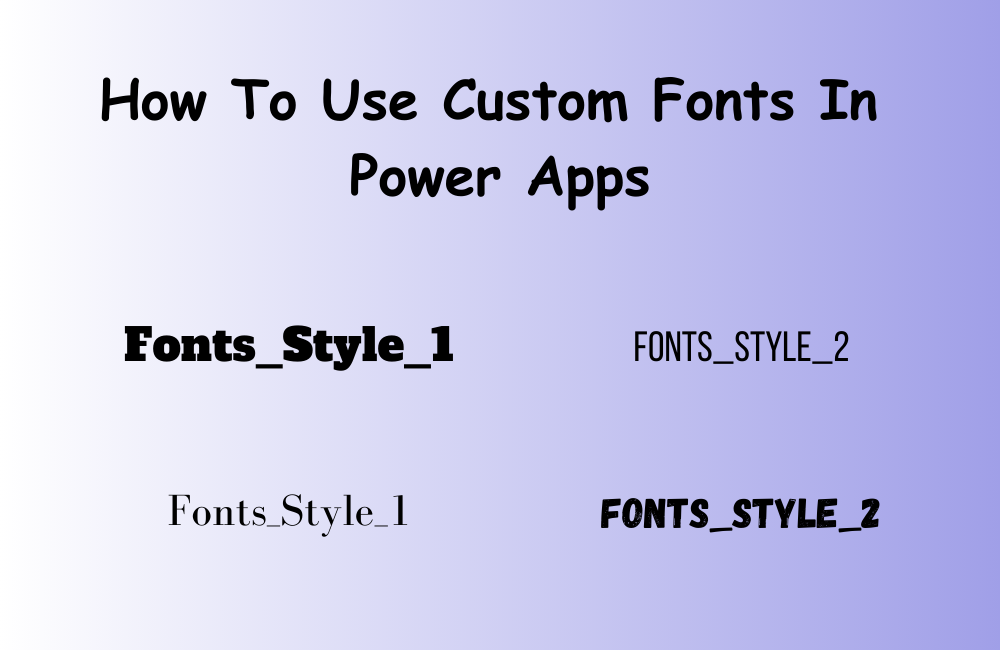Mastering Case Sensitivity in PowerApps Data Search: A Detailed Guide
In the realm of app development, user experience is often defined by how seamlessly users can interact with data. Case sensitivity—the ability of a system to differentiate between uppercase and lowercase letters—plays a crucial role in search functionality, especially when precision is key. In PowerApps, understanding how case sensitivity impacts data search is essential to building applications that offer both flexibility and accuracy.
This guide will walk you through the nuances of case sensitivity in PowerApps, offering practical insights and techniques for managing data searches effectively.
What is Case Sensitivity in Data Search?
Case sensitivity refers to whether search operations distinguish between uppercase and lowercase characters. In a case-sensitive system, the search term “PowerApps” would be treated as distinct from “powerapps” or “POWERAPPS.” Conversely, in a case-insensitive system, these variations would be considered equivalent.
When it comes to building user-friendly applications, understanding how PowerApps handles case sensitivity can prevent common pitfalls and ensure your search results align with user expectations.
How PowerApps Handles Case Sensitivity
By default, PowerApps performs case-insensitive searches. This means that queries like Search, Filter, and LookUp do not distinguish between different cases. Whether the user inputs “apple” or “Apple,” PowerApps treats them as the same string. While this behavior is suitable for most scenarios, certain use cases—such as searching for unique identifiers or enforcing strict password rules—require case-sensitive searches.
Although PowerApps does not natively support case-sensitive searches, you can achieve this behavior with a few simple techniques.
Key Use Cases for Case Sensitivity in PowerApps
- User Authentication and Login Systems: Case sensitivity is crucial when handling usernames, passwords, or login credentials. For instance, the username “JohnDoe” should not be equivalent to “johndoe” for security reasons.
- Product Codes and Inventory Management: In systems where product codes or SKU numbers are case-sensitive, a search for “AB123” should yield different results from “ab123.”
- Legal Documents and Textual Data: Applications that handle sensitive or legally binding documents often need to distinguish between case variations. For example, the entity “ABC Corp” might be legally distinct from “abc corp.”
How to Implement Case-Sensitive Searches in PowerApps
Although PowerApps does not offer direct support for case-sensitive searches, you can use the following methods to mimic case-sensitive behavior by manipulating string comparisons.
Method 1: Using Upper or Lower Functions for Consistency
One of the simplest ways to handle case sensitivity is to convert both the search input and the target data to a consistent case—either all uppercase or all lowercase. This allows you to control how data is compared, while maintaining the original case when necessary.
If(Lower(TextInput1.Text) = Lower("PowerApps"), "Match Found", "No Match")
This converts both the user input and the target string to lowercase, ensuring that variations like “powerapps” or “PowerApps” are treated equivalently.
Method 2: Direct String Comparisons for Case Sensitivity
For case-sensitive comparisons, you can compare the strings directly without applying any transformations. This ensures that PowerApps differentiates between strings based on case.
ClearCollect(FilteredItems, Filter(MyDataSource, TextInput1.Text = ProductCode))
This code filters the collection MyDataSource and returns only the items where ProductCode matches the text input exactly, including case differences.
Enhancing User Experience in Case-Sensitive Searches
When implementing case-sensitive searches, providing users with clear and responsive feedback is crucial. Without proper guidance, users may become frustrated by search results that seem inconsistent or incorrect. Consider the following strategies to improve user experience:
- Clear Communication: If your app enforces case-sensitive searches, display messages like “This field is case-sensitive” to help users avoid confusion.
- Error Handling and Suggestions: Offer dynamic suggestions when no case-sensitive matches are found, such as “Did you mean ‘PowerApps’?”
- Case Normalization Options: Provide users with options to normalize case automatically, such as auto-capitalizing input fields for names or product codes.
Balancing Case Sensitivity: Pros and Cons
- Pros:
- Increased Precision: Case-sensitive searches allow for more precise queries, ensuring that data is retrieved exactly as entered.
- Enhanced Security: Case-sensitive usernames and passwords improve security by requiring exact matches.
- Cons:
- User Confusion: If users aren’t aware of case-sensitive search requirements, they may become frustrated by search failures.
- Added Complexity: Implementing and maintaining case-sensitive searches requires additional app logic and testing.
Conclusion
Managing case sensitivity in PowerApps is essential for building applications that require precision and accuracy. While PowerApps operates with case-insensitive defaults, developers can easily implement case-sensitive searches using text manipulation functions and direct comparisons.
By understanding the role of case sensitivity and how it affects user experience, you can ensure that your PowerApps solutions meet the specific needs of your audience—whether it’s handling usernames, product codes, or textual data with absolute precision.
Leverage the methods outlined in this guide to implement case-sensitive search functionality where necessary, and balance it with clear user feedback and error handling to create seamless, efficient applications.
Need Help?
If you have questions about implementing case-sensitive searches or other PowerApps features, feel free to contact us. Our team of PowerApps experts is ready to assist you in building more powerful, user-friendly applications.






